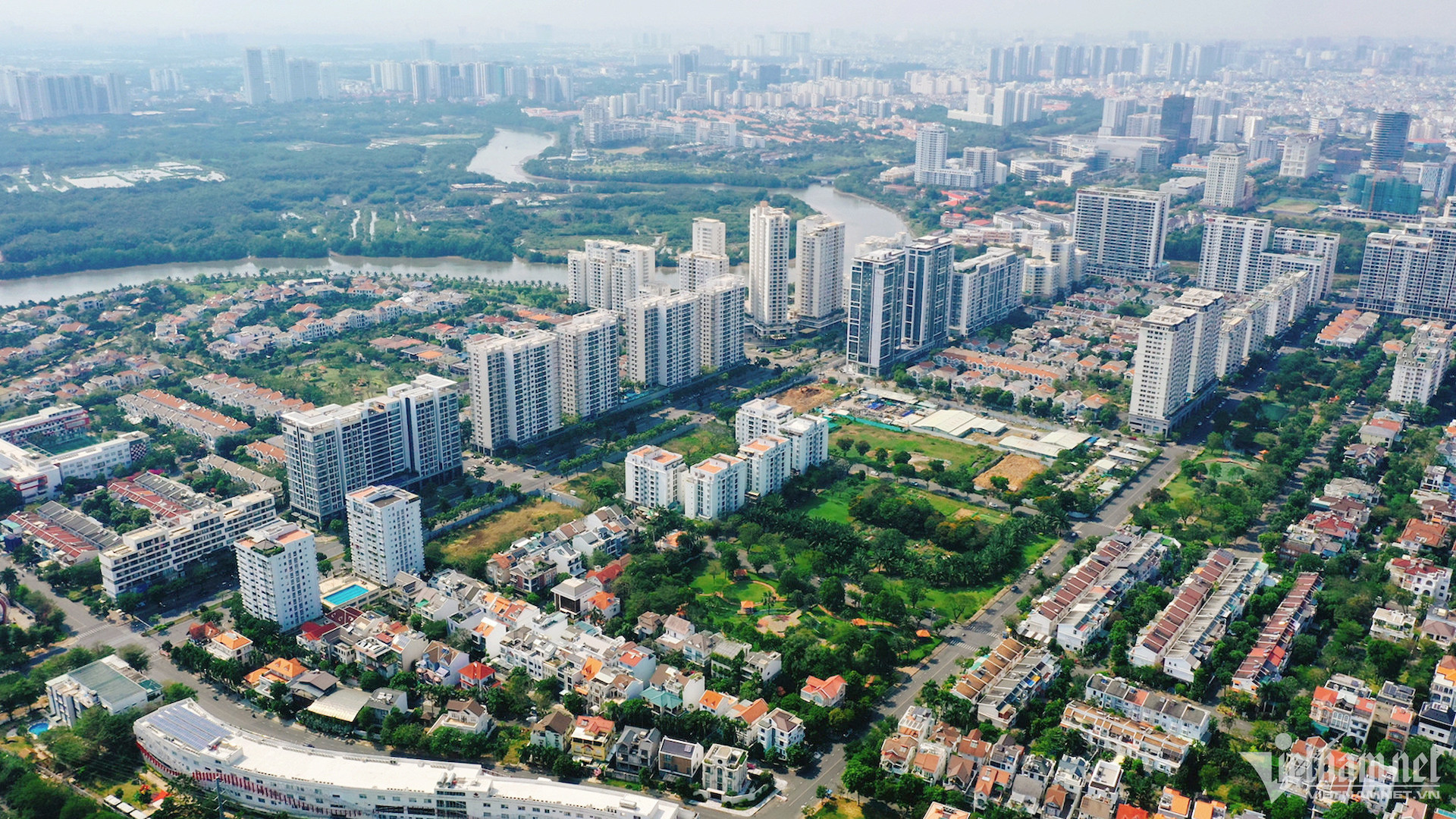This analysis was part of a report sent to the Government Office on the recent surge in real estate and commercial housing prices in major urban areas.

The revised land law of 2024 has eliminated the old land price framework, introducing an annually updated land price index that reflects market values based on usage, tenure, and other influencing factors.
This change is expected to increase land-related costs such as land clearance, compensation, and associated taxes.
Calculations by the Ministry of Construction show that land costs account for 7-20% of the total expenses for high-rise apartment projects and 25-50% for villa and adjacent house projects.
The cost of land use rights significantly impacts the overall project costs, varying by location and the availability of technical infrastructure.
For instance, at the GP Invest housing area, the cost of land use rights calculated per square meter of apartment space is expected to increase from 15 million VND to 22 million VND (about 60% of the total cost) under the new pricing index, up from approximately 42% previously.
Similarly, in the Dong Tang Long urban area in Ho Chi Minh City, the proportion of land cost per square meter of apartment space is expected to rise from 27% to 60-65%. The proportion will also increase in the Chanh My urban villa project in Binh Duong, from 16.3% to about 50%. The Thanh Lam - Dai Thinh 2 project in Hanoi will see land use costs rise from 15% to 33% of the sale price.
With these changes, there could be a ripple effect, potentially elevating real estate and housing prices by 15-20%, according to the Ministry of Construction. Recent local land price listings or drafts show significant increases over previous rates.
For example, the new land price index in Ba Ria-Vung Tau Province has increased by 20-30%, with prices ranging from a minimum of 513,000 VND/m2 to a maximum of 78 million VND/m2. In Hai Duong, the new land prices are 2.5 times higher than the old rates, reaching up to 190 million VND/m2.
In late July, Ho Chi Minh City proposed a revised land price index draft that suggested an average increase of 5-10 times in many areas, with some suburban regions considering adjustments of 15-50 times over current rates. However, the implementation has been postponed to allow for more thorough consideration of various factors.
The Ministry of Construction has requested the Ministry of Natural Resources and Environment to monitor and compile the land price listings from localities as per the 2024 Land Law to assess the impact on land price levels.
This will enable timely proposals of solutions and measures to mitigate the negative effects of new local land price indices on the housing and land market supply and demand dynamics across regions.
Hong Khanh